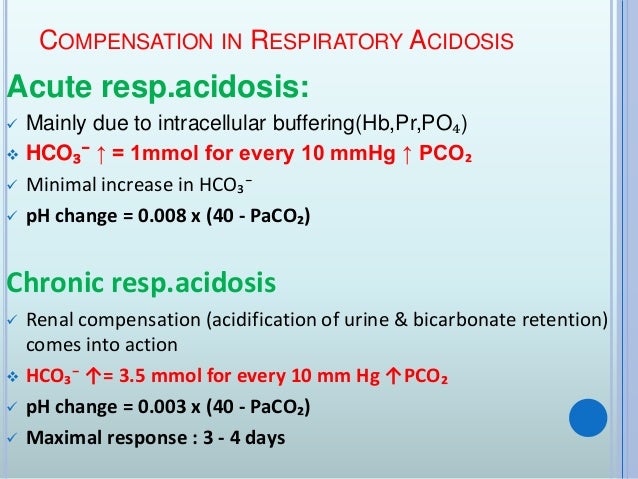Buffer In Chemistry Definition
Its pH changes very little when a small. Definition A buffer solution is one which resists changes in pH when small quantities of an acid or an alkali are added to it.
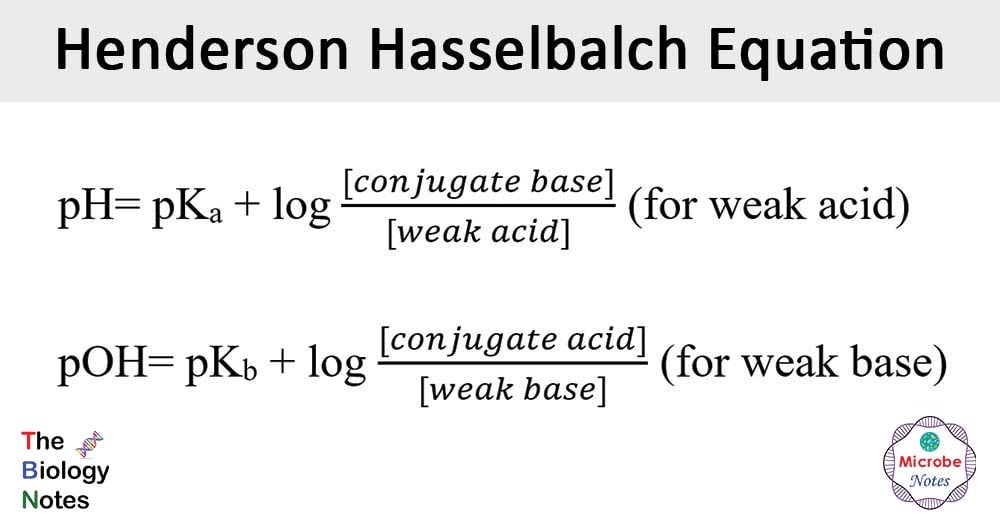 Henderson Hasselbalch Equation Microbe Notes
Henderson Hasselbalch Equation Microbe Notes
Buffer bŭf ər Chemistry A substance that prevents change in the acidity of a solution when an acid or base is added to the solution or when the solution is diluted.

Buffer in chemistry definition. A buffer is an aqueous solution consisting of a mixture of a weak acid and its salt acidic buffer or a weak base and its salt basic buffer. A buffer solution can be made by mixing a weak acid with one of its salts OR mixing a weak base with one of its salts. Science APCollege Chemistry Buffers titrations and solubility equilibria Buffer solutions.
Here we are going to learn about buffer capacity chemistry definition and formula. Common ion effect and buffers. This is the currently selected item.
Its pH changes very little when a small amount of strong acid or base is added to it and is thus used to prevent a solution s pH change. A buffer is an aqueous solution that has a highly stable pH. Its pH changes very little when a small amount of strong acid or base is added to it.
This solution is quite important in the field of chemistry. A buffering agent is a weak acid or weak base that helps maintain the pH of an aqueous solution after adding another acid or base. The buffer capacity is a quantity in resisting the pH change at the time of addition of an acid or base.
A buffer is an aqueous solution that consists of a mixture of a weak acid and its salt acid buffer or a weak base with its salt basic buffer. Ions are atoms or molecules that have lost or gained one or more electrons. Furthermore it consists of a mixture of a weak acid and its conjugate base or vice-versa.
A buffer is an aqueous solution used to keep the pH of a solution nearly constant. The buffer capacity can also be defined as the amount of mole of strong base needed to change the pH of 1 L of solution by 1 pH of unit. A buffer is a solution that can maintain a nearly constant pH if it is diluted or if relatively small amounts of strong acids or bases are added.
Mixture of acetic acid CH 3 COOH and Sodium acetate CH 3 COONa in water. An example of a common buffer is a solution of acetic acid CH 3 COOH and sodium acetate. A buffer consists of a weak acid and its conjugate base or a weak base and its conjugate acid.
A buffer is a solution that can resist pH change upon the addition of an acidic or basic components. Buffer in chemistry solution usually containing an acid and a base or a salt that tends to maintain a constant hydrogen ion concentration. If you add an acid or a base to a buffered solution its pH will not change significantly.
Buffer capacity is the amount of acid or base that can be added before the pH of a buffer changes. A buffer is a solution that can resist pH change upon the addition of an acidic or basic components. Now Buffer Capacity can be defined as the measure of the efficiency of a buffer in resisting its change in pH.
A buffer solution refers to an aqueous solution. The higher the acid concentration of the buffer then the buffer capacity will be higher as well. A buffer solution more precisely pH buffer or hydrogen ion buffer is an aqueous solution consisting of a mixture of a weak acid and its conjugate base or vice versa.
A buffer is a compound that resists changes in pH when a limited amount of acid or base is added to it. Buffers are used to make solutions of known pH especially for instrument calibration purposes. This is important for processes andor reactions which require specific and stable pH ranges.
You can explore more about buffer solutions here. How are Acid-Base Buffers Made. In other words a buffer is an aqueous solution of a weak acid and its conjugate base or a weak base and its conjugate acid.
It is able to neutralize small amounts of added acid or base thus maintaining the pH of the solution relatively stable. This is important for processes andor reactions which require specific and stable pH ranges. In water solution sodium acetate is completely dissociated into sodium Na and acetate CH 3 COO - ions.
Buffers are used to maintain a stable pH in a solution because they can neutralize small amounts of additional base acid. A solution which resists the change in its pH value even on the addition of a small amount of strong acid or base is called a buffer solution or buffer. By definition a buffer system is a solution that resists a change in pH when acids or bases are added.
Buffer solutions are used as a means of keeping pH at a nearly constant value in a wide variety of chemical applications. Acidic solutions contain high concentrations of hydrogen ions H and have pH values less. The chemical composition of a buffer solution usually entails a weak acid or a weak base accompanied by its conjugate salt.
Buffers the acid rain slayer. It is able to neutralize small amounts of added acid or base thus maintaining the pH of the solution relatively stable.
 Buffers Introductory Chemistry
Buffers Introductory Chemistry
 Buffer Solution Ph Calculations Video Khan Academy
Buffer Solution Ph Calculations Video Khan Academy
Buffer Solution Solution Of Reserve Acidity Alkalinity
 Buffer Solution Preparation Of Buffer Solution Acidic Basic Buffer Buffer Action Buffer Solution Solutions Electron Configuration
Buffer Solution Preparation Of Buffer Solution Acidic Basic Buffer Buffer Action Buffer Solution Solutions Electron Configuration
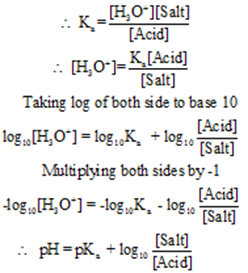 Buffer Solution Its Characteristics Types And Preparations
Buffer Solution Its Characteristics Types And Preparations
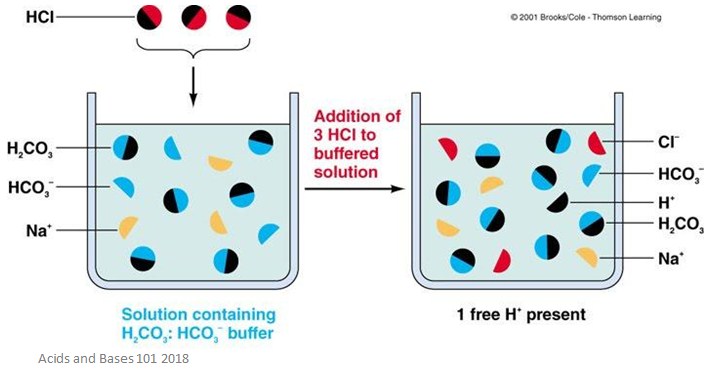 Acid Base Buffers Facts Summary Definition Chemistry Revision
Acid Base Buffers Facts Summary Definition Chemistry Revision
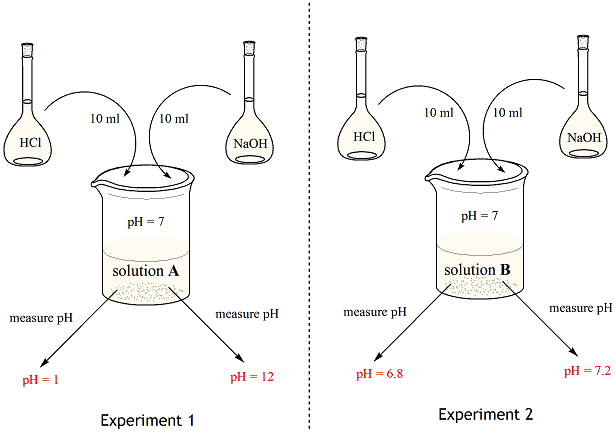 Chemistry Of Buffers And Buffers In Our Blood Article Khan Academy
Chemistry Of Buffers And Buffers In Our Blood Article Khan Academy
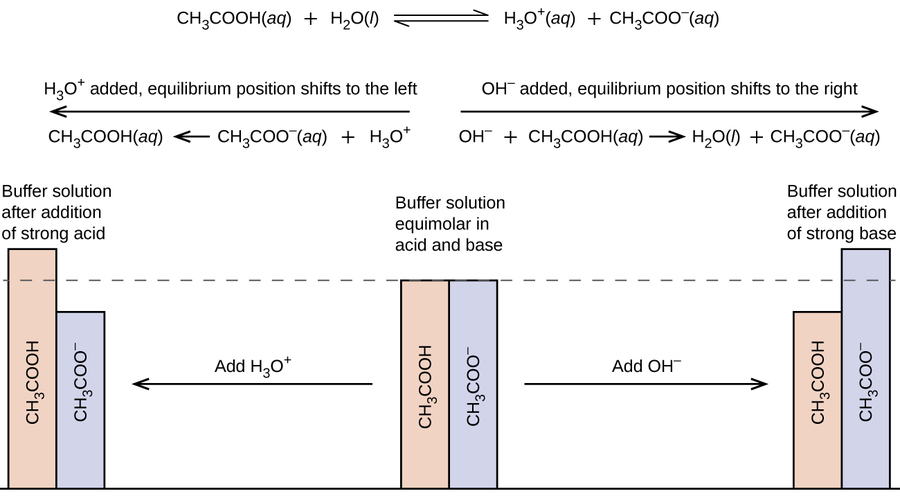 7 1 Acid Base Buffers Chemistry Libretexts
7 1 Acid Base Buffers Chemistry Libretexts
 Buffer Solution Preparation Of Buffer Solution Acidic Basic Buffer Buffer Action Buffer Solution Electron Configuration Solutions
Buffer Solution Preparation Of Buffer Solution Acidic Basic Buffer Buffer Action Buffer Solution Electron Configuration Solutions
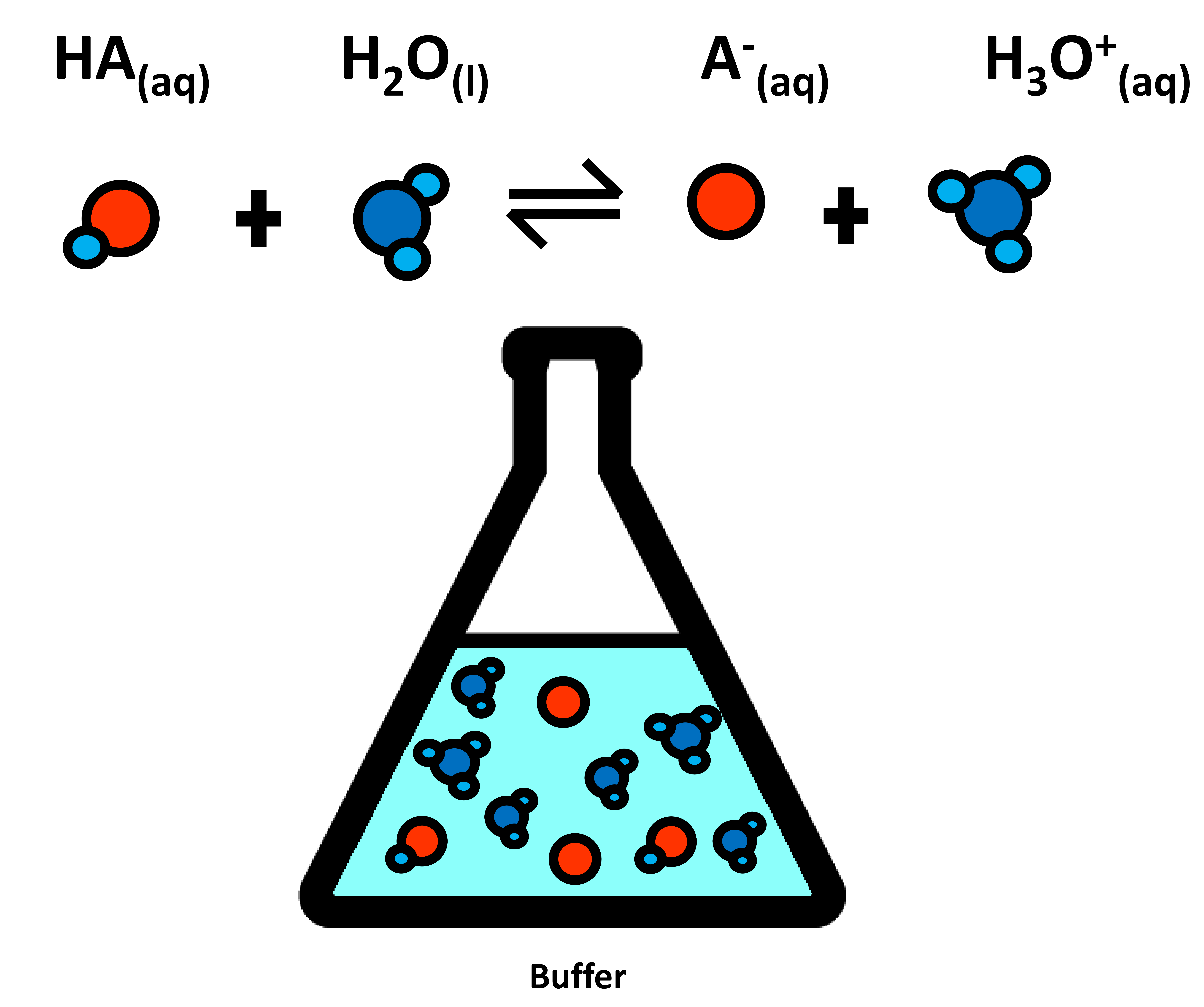 What Is A Biological Buffer And How To Choose The Best Buffer For Your Experiment Goldbio
What Is A Biological Buffer And How To Choose The Best Buffer For Your Experiment Goldbio
 Common Ion Effect And Buffers Video Khan Academy
Common Ion Effect And Buffers Video Khan Academy
 Acids Bases And Buffers The Br O Nsted Lowry Definitions Of An Acid And A Base Are Acid Species That Donates A Proton Base Species That Can Accept Ppt Download
Acids Bases And Buffers The Br O Nsted Lowry Definitions Of An Acid And A Base Are Acid Species That Donates A Proton Base Species That Can Accept Ppt Download
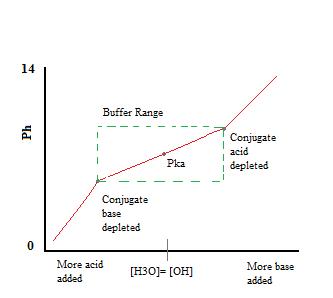 Introduction To Buffers Chemistry Libretexts
Introduction To Buffers Chemistry Libretexts

